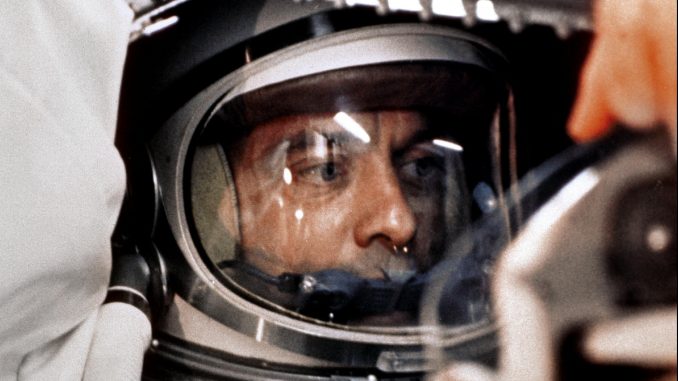
Sixty years ago, at precisely 9:34am EST, Alan B. Shepard Jr. became the first American, and only the second human being, to launch into space when his Mercury-Redstone rocket (MR-3) blasted off from launch pad LC-5 at NASA’s Cape Canaveral complex in Florida on May 5th, 1961. While his suborbital flight lasted just 15 minutes and 22 seconds, it was a momentous achievement by any measure. It’s brevity was simply due to the Redstone rocket’s lack of power to place Shepard’s Mercury space capsule, Freedom 7, into orbit. Interestingly, the Redstone rocket was a development of Germany’s V-2 ballistic missile, and itself developed for military purposes, rather than manned spaceflight, but it was a useful tool in the progress of human spaceflight.
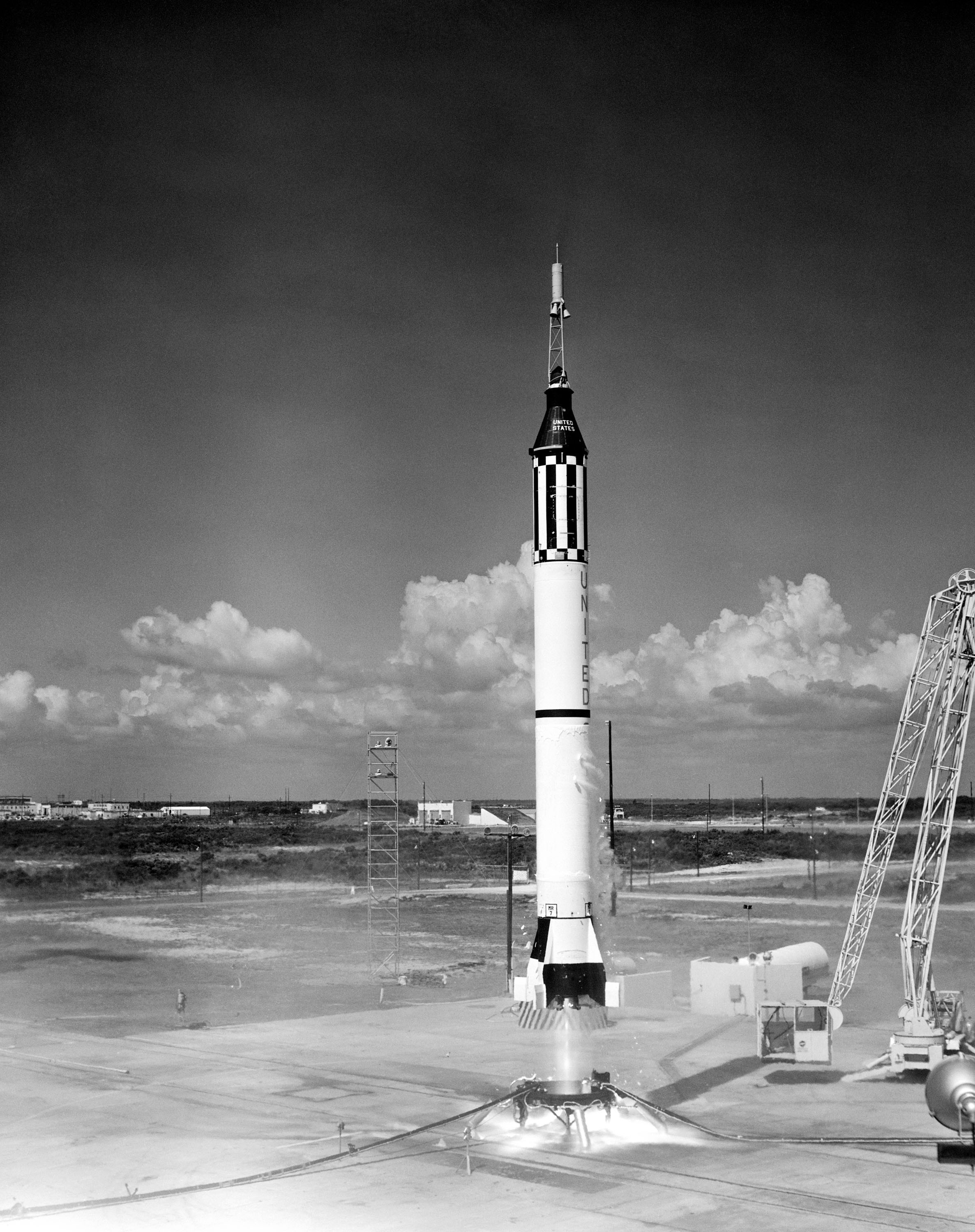
Prior to his joining NASA, Shepard saw service aboard the U.S. Navy’s surface fleet during WWII, but he became a naval aviator in 1946, flying F4U Corsairs aboard USS Franklin, and later a test pilot on first generation naval jets at Patuxent River. Shepard was also the only one of the original seven Mercury astronauts to walk on the moon, which he achieved as commander of Apollo 14 in early 1971.
After a successful re-entry, Freedom 7 splashed down in the Atlantic Ocean, some 302 miles from its launching point. The crew of the Essex-class aircraft carrier USS Lake Champlain recovered both Shepard and Freedom 7 from the ocean. Three days later, Shepard received a Distinguished Service Medal from President John F. Kennedy in a Rose Garden ceremony at the White House in part reward for his ground-breaking spaceflight.
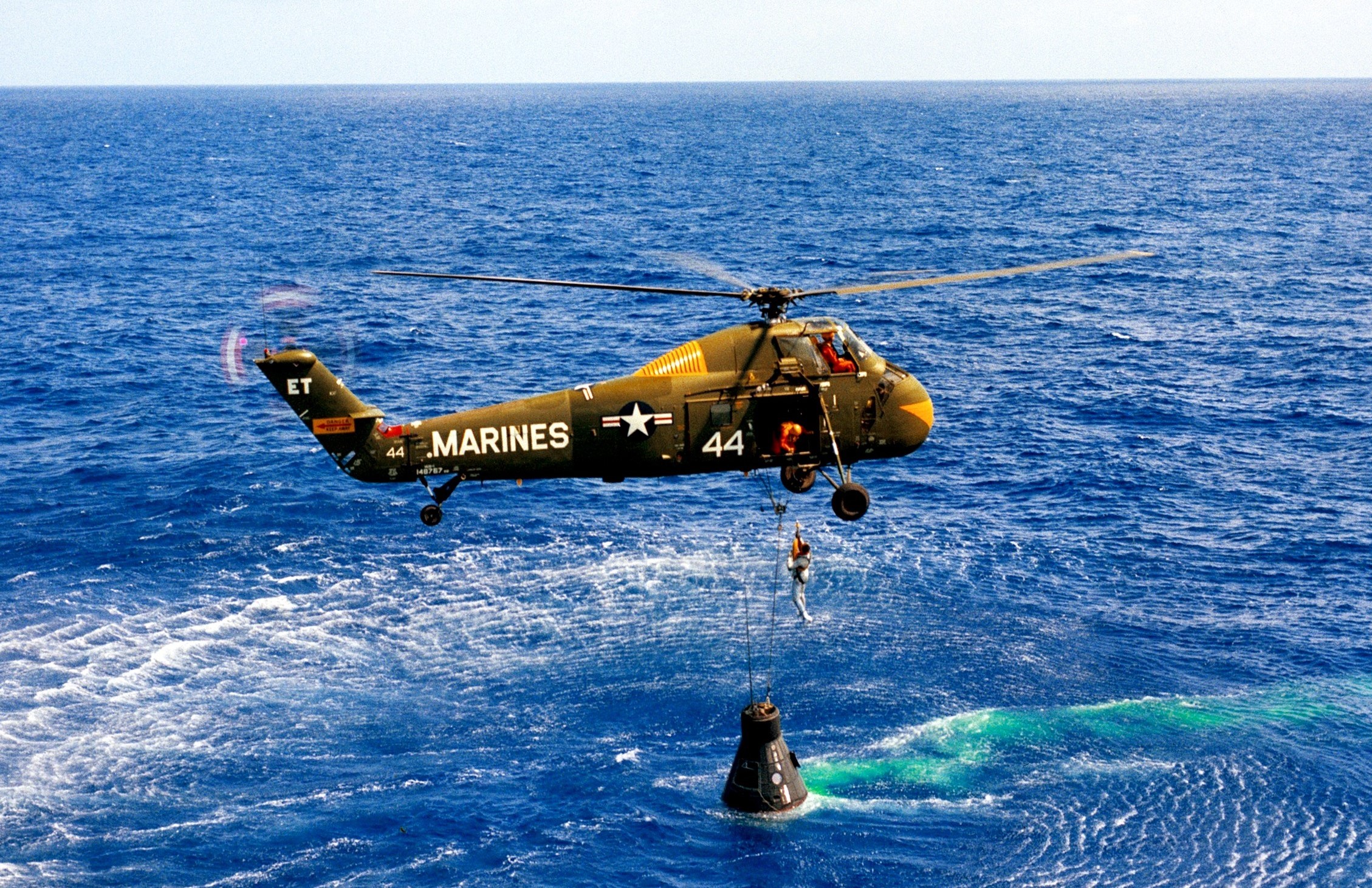
While the Russian cosmonaut, Yuri Gagarin, had beaten Shepard into space by a handful of weeks on April 12th, 1961, it must be said that NASA could have set that mark months earlier, during the first occupied Mercury-Redstone launch (MR-2) on January 31st, 1961. Out of an abundance of caution, however, NASA chose a chimpanzee named Ham for that successful mission, instead of a human. Even so, there is nothing like a worthy competitor to spur innovation, and that is essentially what the Space Race between the Soviet Union and the USA became. From such humble beginnings, we now have the international space station, which spans the length of a football field, whose half-dozen occupants perform a myriad different scientific experiments for the benefit of all of us down here on earth. Who is to say what the next sixty years will bring, but we seem bound for far greater adventures further out into the solar system, and likely beyond…


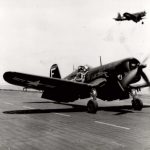
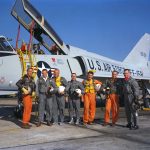
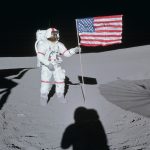
Be the first to comment
Graphic Design, Branding and Aviation Art